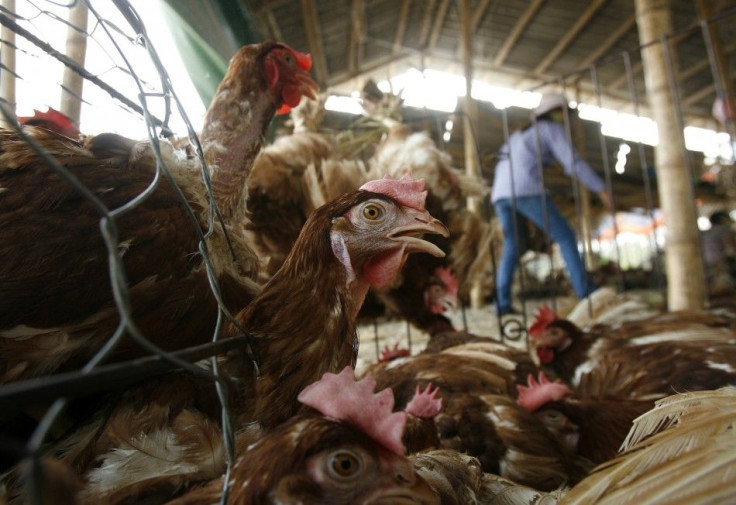Changing Attitudes in China over H5N1 Bird Flu

The H5N1 strain of avian flu caused a worldwide alert in 1997 when an outbreak in Hong Kong caused six deaths from a highly contagious strain that researchers had never identified in humans before.
Health agencies tracked the disease as it spread across Southeast Asia into the Middle East, according to data from the World Health Organization, and caused 335 deaths worldwide out of 571 total cases.
China became the epicenter of the disease in 1996 when scientists isolated the strain from a goose in the Guangdong province. (See official timeline.)
Since 2006, nearly half of surveyed people in China stopped buying live poultry that potentially contains avian flu during a time when surveyed poultry workers in China perceived the risks of H5N1 infection as being low, according to two reports released Wednesday in the December issue of the journal Emerging Infectious Diseases.
In the first survey, researchers from the University of Hong Kong tested to see if public attitudes changed since restrictions on Chinese poultry were put in place in 2006.
The number of those surveyed who bought live poultry dropped from 73 percent in 2006 to 41 percent in 2010, during a time when fewer respondents said that they worried about H5N1 exposure.
The study included randomized telephone calls to 1,760 adults, of whom 461 participated in 2006 and 2010.
In the second 2009 study, only 60 percent of surveyed poultry workers knew that H5N1 could infect domesticated birds, according to research from the Chinese University of Hong Kong and University of Oxford.
The survey included in-person interviews of 360 poultry workers with a response rate of 68 percent.
Other routes of infection were also little known by the workers, who can act as a bridge population between livestock and consumers who shop wet markets in densely crowded urban locations.
Only 60 percent of surveyed poultry workers knew bird feces contained H5N1 virus and a paltry 14 percent understood that undercooked eggs also contained the highly contagious virus.
The Internet and other sources (e.g., health talks) of information about avian influenza were strong independent predictors of greater knowledge, the researchers wrote. However, training did not result in higher knowledge levels.
© Copyright IBTimes 2024. All rights reserved.





















